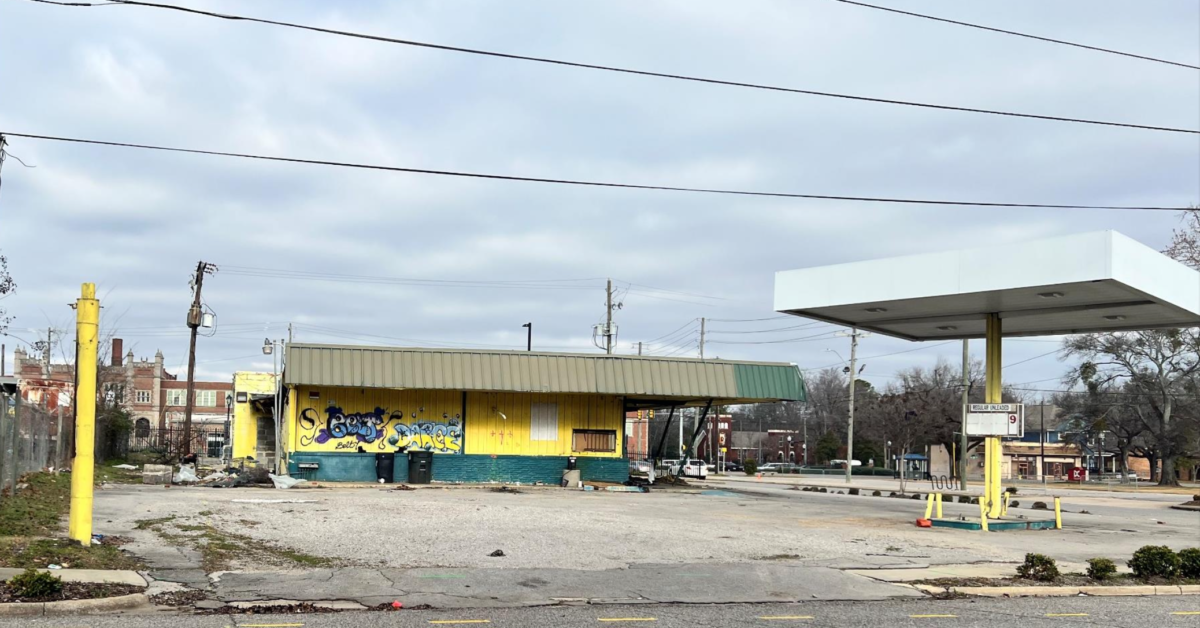
Vast swaths of the US south-west are reeling after Tropical Storm Hilary pummeled the region with historic amounts of rain and strong winds, even as the storm weakened on its path northward on Monday.
The rare tempest left downed trees, flooded streets, and cascades of mud and debris in its wake after slamming into California on Sunday, and risks remain for “catastrophic” flooding as it moves into Nevada, forecasters warned.
“The ongoing and historic amount of rainfall is expected to cause life-threatening flash, urban, and arroyo flooding,” the National Hurricane Center said in an update on Monday morning, after downgrading the Hilary to a post-tropical cyclone.
The unseasonal deluge in areas that are typically dry during the summer prompted the shuttering of schools and cancellation of flights as residents in Los Angeles and San Bernardino counties were urged to stay home. Tens of thousands of people across the region lost power during the height of the storm.
“Our inability to survey buildings and our inability to determine access to schools makes it nearly impossible for us to open schools,” Los Angeles unified school district superintendent Alberto Carvalho said at a media briefing. The nation’s second largest school system closed all campuses Monday. “There is no way we can compromise the safety of a single child or an employee.”
More than 25 million people faced flood warnings from the event, as officials issued evacuation advisories and orders for high-risk communities, including those near wildfire burn scars that are at high risk of mudslides, and across Catalina island off the coast of Los Angeles.

California’s governor, Gavin Newsom, declared a state of emergency on Saturday ahead of the first tropical storm to make landfall in the state since the 1930s, and mobilized resources from southern California to the Central Valley. More than 300,000 sandbags were issued by California’s Flood Operations Center to prepare for floods, as California’s National Guard, Office of Emergency Services, and Department of Forestry and Fire Protection stationed crews ready to assist in emergency water rescues.
Even with the added resources, the destructive deluge hammered communities in California’s desert regions, hitting Palm Springs especially hard. The typically-dry city broke its August daily rainfall record by more than an inch on Sunday, receiving 3.18in of rain. Several cities experienced almost as much rainfall in a single day as they would typically get in an entire year.
“Right now we have flooding on all of our roads. There’s no way in or out of Palm Springs, and that’s the case for the majority of the Coachella Valley,” the city’s mayor, Grace Garner told CNN, adding that the city’s 911 emergency system was also taken out by the storm. “We’re all stuck.”
Videos posted online showed streets in Las Vegas, Nevada, and Coachella, California, being flooded as cars struggle to navigate the roads. Heavy rainfall of up to 10in is expected to lash parts of Nevada and southern California, which was also hit by a magnitude 5.1 earthquake on Sunday.
Joe Biden said in a statement that the White House was offering federal support to California. A state of emergency has also been declared in Nevada, where the storm was churning on Monday morning as it headed north toward Idaho.
“After moving inland across Southern California late Sunday, moisture associated with Hilary is forecast to continue streaming northward through the Intermountain West today,” the National Weather Service said on Monday, adding that risks of flash flooding remain across the eastern Sierra and throughout Nevada.

Tropical storms are a rare event off the US west coast due, in part, to its relatively cool waters. But scientists have warned that such events could become more likely as the ocean and atmosphere continue to heat up due to human-caused climate change.
Excessive ocean heat – nearly half of the world’s ocean area has experienced a heatwave this year – can help supercharge storms and increase their rainfall capacity.
“We’re seeing just this increase in the number of severe weather events but not just in the number, but the severity of these events,” said Deanne Criswell, administrator of the Federal Emergency Management Agency.
The storm is the latest chapter in a summer of disaster and extreme weather in the US. At least 114 people have died in the recent Hawaii wildfire, the deadliest in modern history, while severe heatwaves have roiled large swaths of the country and floods have deluged parts of the US north-east, as well as California. There have already been 15 disasters causing at least $1bn in damages this year, a record.
“We are only at the beginning of the climate-related disasters we will experience in our lifetimes,” Dr Samantha Montano, an emergency management expert, said in a post on Twitter, known now as X. “We should really at least try to create an emergency management system that works effectively.”
This article was amended on 21 August 2023 to correct that Hilary was the first tropical storm to make landfall in California in 84 years, rather than the first tropical storm the state has experienced in that time. In 1997, Hurricane Nora made landfall in Mexico before entering California.










 English (US)
English (US)